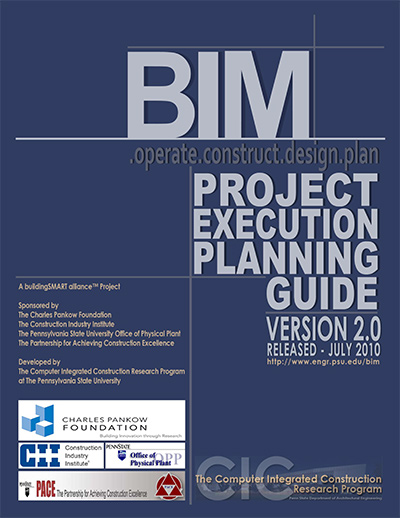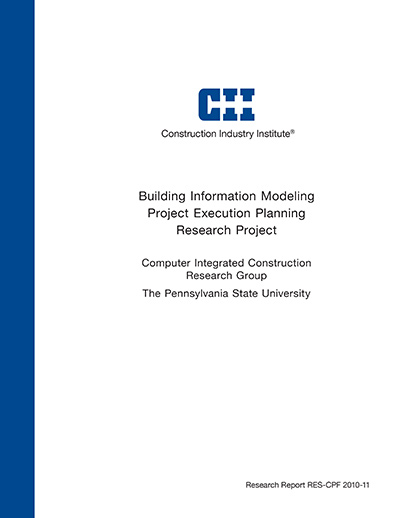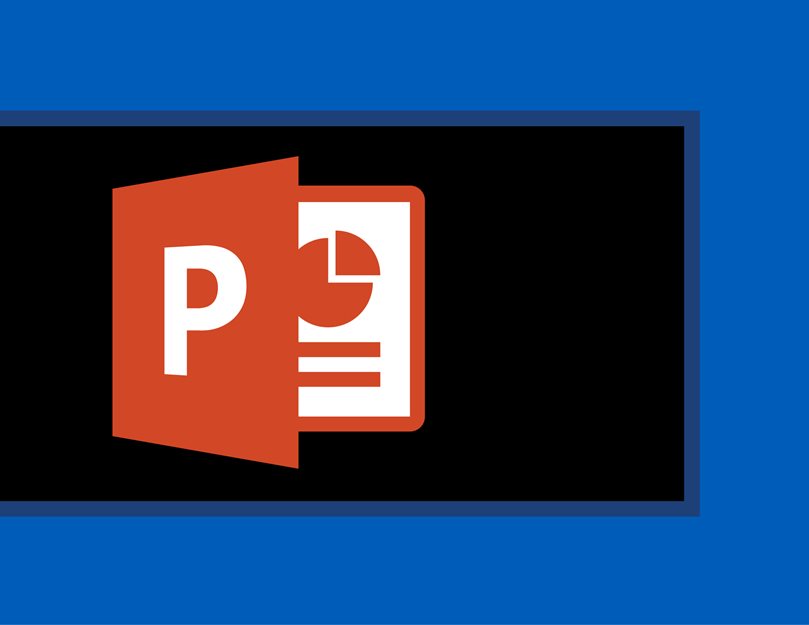
BIM Project Execution Planning Guide, Version 2.0
A Building Information Model (BIM) is “a digital representation of physical and functional characteristics of a facility.” (Readers who are not familiar with these concepts should first review the National Building Information Modeling Standard, Part 1 available at http://www.buildingsmartalliance.org/nbims.) To successfully implement BIM, a project team must perform detailed and comprehensive planning. A well documented BIM Project Execution Plan will ensure that all parties are clearly aware of the opportunities and responsibilities associated with the incorporation of BIM into the project workflow. A completed BIM Project Execution Plan should define the appropriate uses for BIM on a project (e.g., design authoring, cost estimating, and design coordination), along with a detailed design and documentation of the process for executing BIM throughout a project’s lifecycle. Once the plan is created, the team can follow and monitor their progress against this plan to gain the maximum benefits from BIM implementation.
Guide provides a structured procedure for creating and implementing a BIM Project Execution Plan. The four steps within the procedure include:
- Identify high value BIM uses during project planning, design, construction and operational phases
- Design the BIM execution process by creating process maps
- Define the BIM deliverables in the form of information exchanges
- Develop the infrastructure in the form of contracts, communication procedures, technology and quality control to support the implementation
The goal for developing this structured procedure is to stimulate planning and direct communication by the project team during the early phases of a project. The team leading the planning process should include members from all the organizations with a significant role in the project. Since there is no single best method for BIM implementation on every project, each team must effectively design a tailored execution strategy by understanding the project goals, the project characteristics, and the capabilities of the team members.
This BIM Project Execution Planning Guide is a product of the BIM Project Execution Planning buildingSMART alliance™ (bSa) Project. The bSa is charged with developing the National Building Information Modeling Standard™ (NBIMS). This Guide was developed to provide a practical manual that can be used by project teams to design their BIM strategy and develop a BIM Project Execution Plan. The core modeling and information exchange concepts have been designed to complement the long-term goals of the bSa in the development of a standard that can be implemented throughout the AECOO Industry to improve the efficiency and effectiveness of BIM implementation on projects.
The team is to map the process to understand the overall BIM process, to identify the information exchanges to be shared between multiple parties, and to clearly define the processes performed for the identified BIM uses. (RES-CPF 2010-2, page 15)
Level 1: BIM Overview Map showing the relationship of BIM Uses which will be employed on a project and containing the high-level information exchanges that occur throughout the project lifecycle.
Level 2: Detailed BIM Use Process Maps created for each identified BIM Use on a project to clearly define the sequence of various processes to be performed and to identify: responsible parties for each process, reference information content, and the information exchanges which will be created and shared with other processes.
(RES-CPF 2010-2, page 27)
- Meeting 1: Identify BIM Goals and Uses.
- Meeting 2: Design BIM Project Execution Process.
- Meeting 3: Develop Information Exchanges and Define Supporting Infrastructure for BIM Implementation.
- Meeting 4: Review Final BIM Project Execution Plan.
(RES-CPF 2010-2, page 41)
- Each project team needs a BIM Champion.
- Owner involvement is critical throughout the entire process.
- It is essential that the project team fosters an open environment of sharing and collaboration.
- The BIM Project Execution Planning Procedure can be adapted to different contracting structures.
- There is great value in early planning.
- The BIM Plan should be treated as a living document.
- Once an initial plan is developed, it must be reviewed regularly.
- The appropriate resources must be made available to ensure planning success.
- Developing an organizational BIM Project Execution Plan before project inception can decrease project planning time.
- The BIM Project Execution Planning Procedure can be adapted for multiple uses and situations beyond the original scope of the project.
This guide provides a structured procedure for creating and implementing a BIM Project Execution Plan. This guide is directed toward readers with a fundamental understanding of BIM concepts. The guide includes worksheets, maps and templates for use in the BIM process, including:
- BIM Goal Worksheet
- BIM Use Descriptions
- BIM Use Analysis Worksheet
- Template Process Maps
- Lab Example Process Maps
- Information Exchange Worksheet
- BIM Project Execution Plan Template


